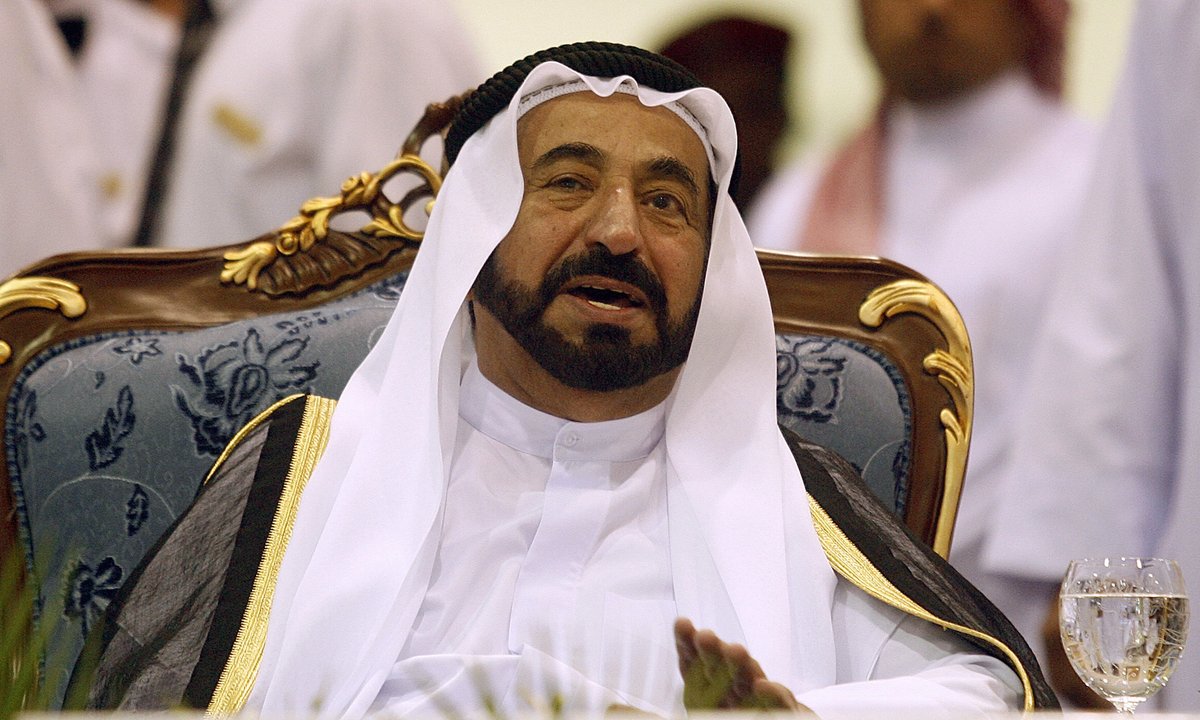
""He's a very strong visionary," says Aisha Rashid Deemas, the director-general of the Sharjah Museums Authority. "He saw the potential of arts and culture long before anyone else saw it. When others were thinking about commercial development and real estate, he was thinking about arts and culture.""
"Sharjah is a less flashy emirate than its neighbour Dubai and has a more visible sense of community. Children play in the parks and parking lots, families picnic on grassy verges, and indoor souqs are still commonly used."
"Since becoming the ruler in 1972, Sheikh Sultan has become a singular figure in the Gulf, supporting culture and education before it was a priority elsewhere. While Sharjah is well-known on the art circuit for the Sharjah Biennial and the Sharjah Art Foundation, contemporary art is only part of the cultural remit."
"But it is very clear where the investment began: Sheikh Sultan bin Muhammad Al-Qasimi. Sharjah is well-known on the art circuit for the Sharjah Biennial and the Sharjah Art Foundation, run by Sheikh Sultan's daughter, Sheikha Hoor Al Qasimi."
Sheikh Sultan bin Muhammad Al-Qasimi has transformed Sharjah into a cultural hub since 1972, emphasizing arts, education, and community. Under his leadership, Sharjah boasts twenty-three archaeological sites, twenty museums, ten universities, and various art events like the Sharjah Biennial. Unlike its neighbor Dubai, Sharjah promotes a family-oriented community lifestyle while resisting luxury developments. Investments in Arabic writing, Islamic art, and education programs exemplify the emirate's commitment to cultural enrichment, reflecting Sheikh Sultan’s visionary leadership in prioritizing arts over commercial interests.
Read at The Art Newspaper - International art news and events
Unable to calculate read time
Collection
[
|
...
]